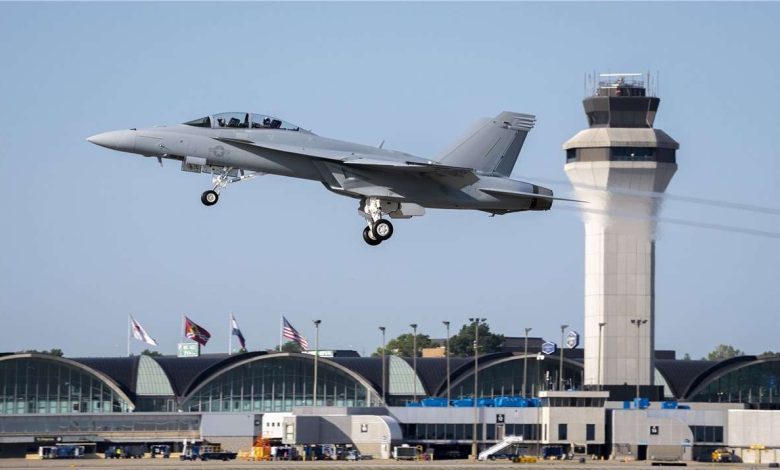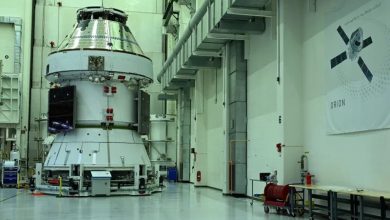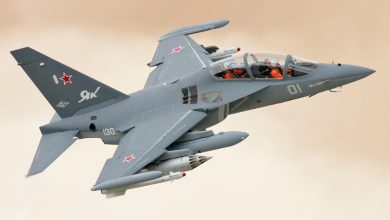
Boeing Announces Final F/A-18 Production Milestone as Defense Sector Shifts Focus to Tomorrow’s Innovations
Boeing anticipates concluding the new production of the F/A-18 Super Hornet combat aircraft by late 2025, following the delivery of the final jets for the U.S. Navy. This production phase could be prolonged until 2027 if an international buyer opts for the Super Hornet.
To satisfy the increasing demand for defense solutions and services, Boeing intends to persist in its hiring efforts year after year for the next five years at its St. Louis location. Last year, more than 900 individuals joined the workforce in the area.
“We are strategizing for our future, and the production of fighter jets is embedded in our heritage,” stated Steve Nordlund, the vice president of Boeing Air Dominance and the leader of the St. Louis facility. “As we invest in and develop the forthcoming wave of capabilities, we are employing the same creativity and proficiency that turned the F/A-18 into a cornerstone for the U.S. Navy and air forces globally for nearly four decades.”
The production initiative for the F/A-18 permits Boeing to:
- Allocate resources towards future military aviation programs: To support the development of the next generation of sophisticated crewed and uncrewed aircraft, Boeing plans to construct three cutting-edge facilities in St. Louis. These facilities, along with the new Advanced Composite Fabrication Facility in Arizona and the MQ-25 production site at MidAmerica St. Louis Airport, signify an investment exceeding $1 billion.
- Boeing has committed $700 million to enhance St. Louis infrastructure over the last decade, facilitating the adoption of innovative design and manufacturing techniques, optimizing processes, and bolstering initial quality.
- Accelerate production of crucial new defense programs: Boeing St. Louis will boost production of the world’s premier all-digital training system, the T-7A Red Hawk, and the first carrier-deployed autonomous refueling aircraft, the MQ-25 Stingray, while continuing the production of new F-15EX Eagle IIs and 777X wing elements.
- Concentrate on modernization and upgrade initiatives: Boeing will persist in advancing capabilities and enhancements for the global F/A-18 Super Hornet and EA-18G Growler fleet. Throughout the next decade, all Block II Super Hornets undergoing Service Life Modification will be upgraded to the Block III capability suite. Furthermore, Boeing will continue to integrate advanced electronic warfare capabilities as part of its ongoing Growler updates.
Since the introduction of the F/A-18 in 1983, Boeing has supplied over 2,000 Hornets, Super Hornets, and EA-18G Growlers to clients worldwide, including the U.S. Navy, Australia, Canada, Finland, Kuwait, Malaysia, Spain, and Switzerland.






